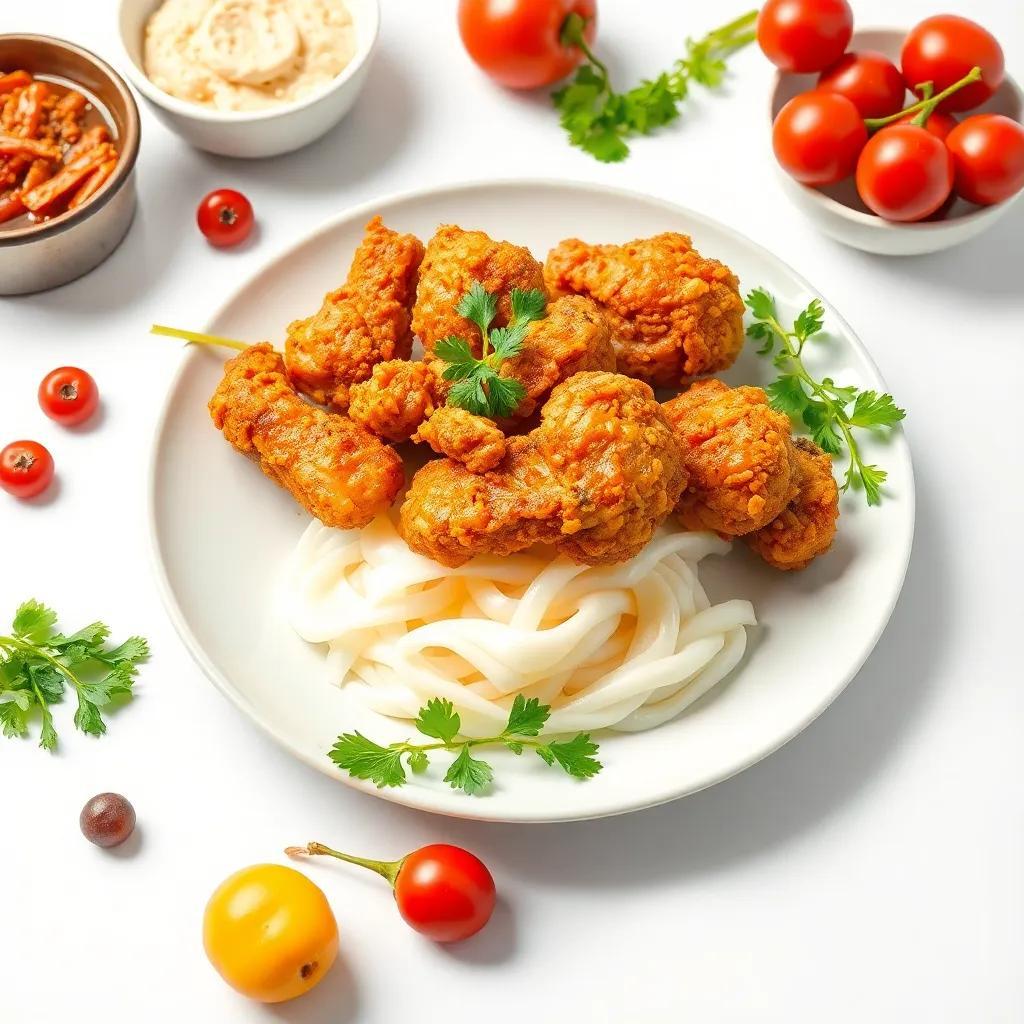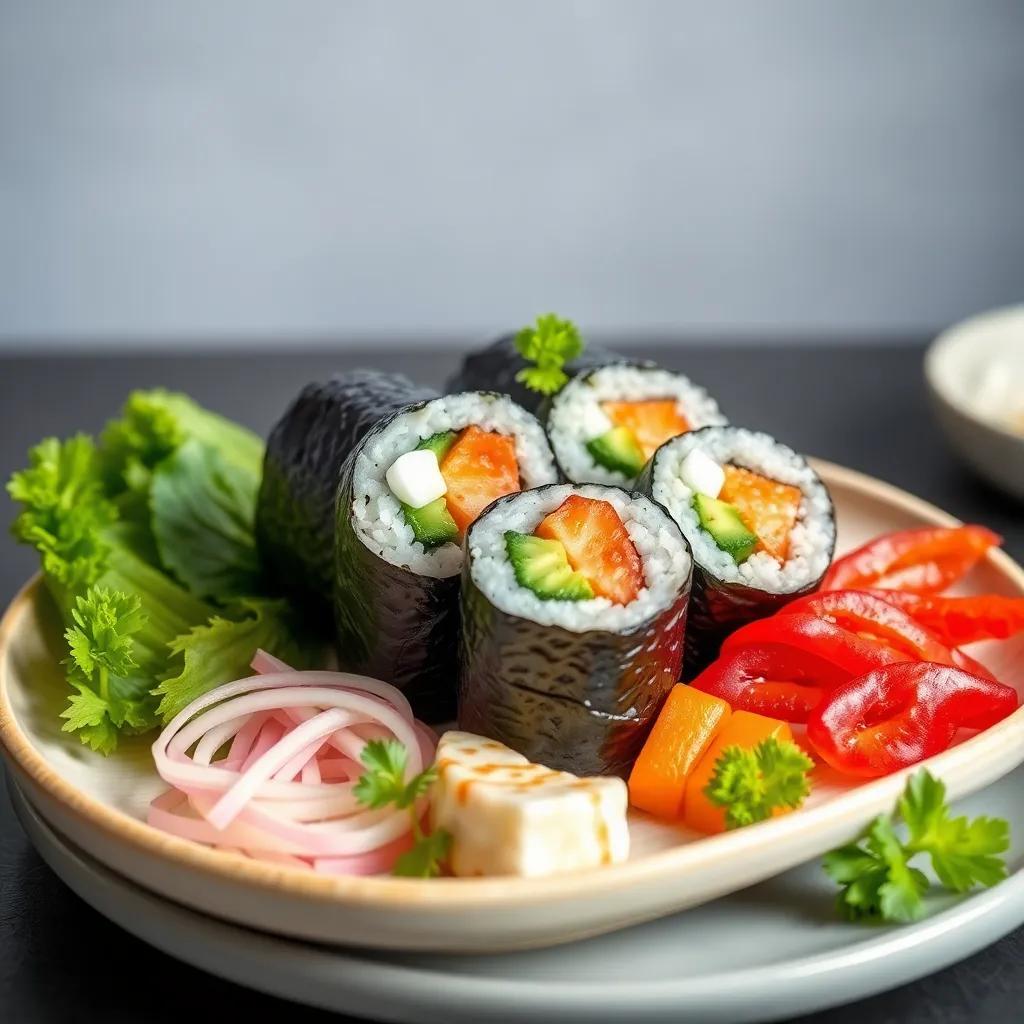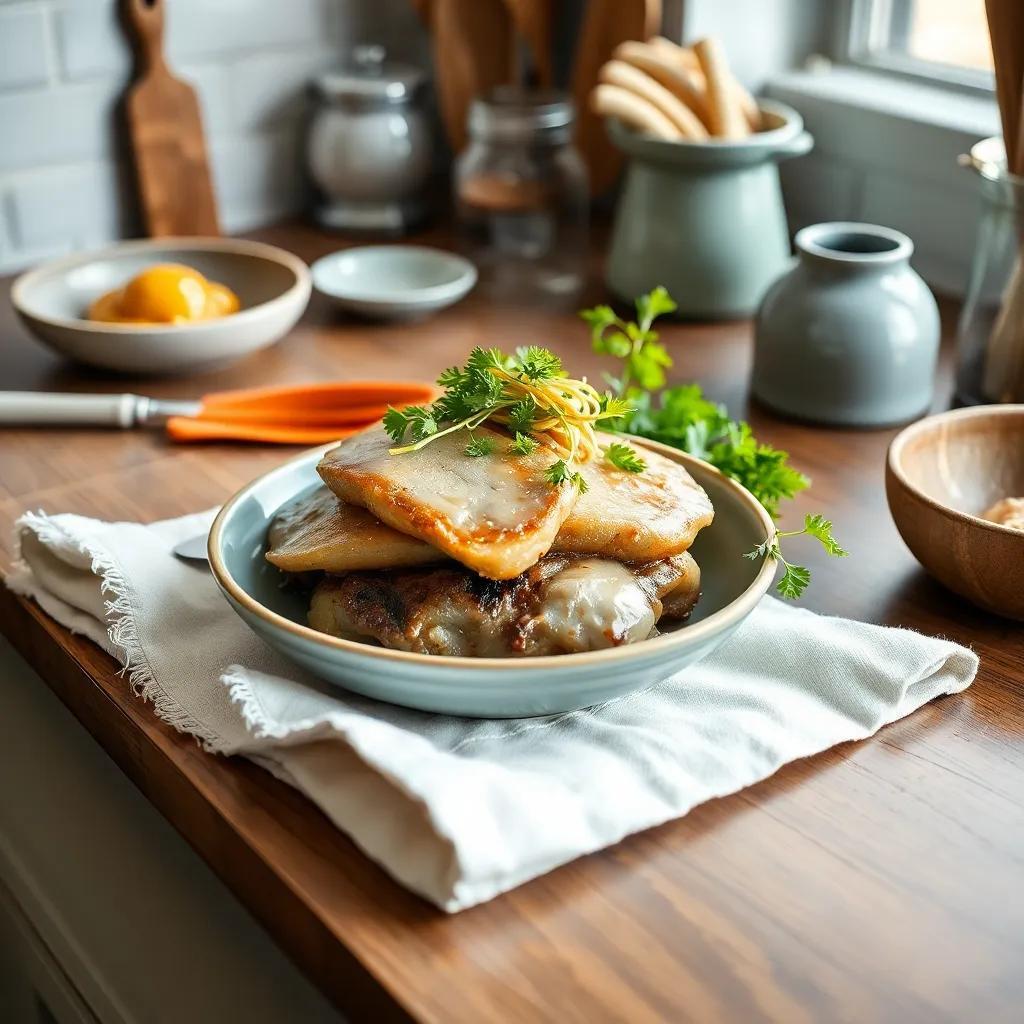Unlock the Secret to Authentic Bulgogi: Easy, Flavor-Packed Korean BBQ

Unlock the Secret to Authentic Bulgogi: Easy, Flavor-Packed Korean BBQ
🌍 Cuisine: Korean
⚙️ Difficulty: Easy
Ingredients
Nutrition Facts
350
Instructions
- Thinly slice the beef ribeye or sirloin against the grain for tenderness.
- In a bowl, combine soy sauce, sugar, sesame oil, minced garlic, grated ginger, and freshly ground black pepper.
- If using Korean pear, grate it finely and add to the marinade mix to tenderize and sweeten the meat.
- Add thinly sliced onion and chopped green onions to the marinade.
- Place the beef slices into the marinade, making sure every piece is coated well. Cover and refrigerate for at least 30 minutes, ideally 1 hour.
- Heat a grill pan or skillet over medium-high heat and lightly oil the surface.
- Cook the marinated beef in batches to avoid overcrowding, grilling for 2-3 minutes on each side until nicely caramelized and cooked through.
- Sprinkle toasted sesame seeds over the cooked bulgogi before serving.
- Serve hot with steamed rice, lettuce wraps, and side dishes like kimchi and pickled vegetables.
- Enjoy your authentic, flavor-packed Korean BBQ at home!
Serving Suggestions
- Serve with steamed white or brown rice for a classic Korean meal.
- Wrap the bulgogi in fresh lettuce or perilla leaves with a smear of ssamjang (spicy dipping sauce).
- Pair with traditional Korean side dishes like kimchi, pickled radish, and seasoned spinach.
- Add thinly sliced cucumbers or carrots for a crunchy fresh contrast.
- Top with extra chopped green onions and a drizzle of toasted sesame oil for added aroma.
- Make a bulgogi bibimbap bowl by adding the beef over rice with assorted sautéed vegetables and a fried egg.
- Pair with chilled Korean barley tea or a light lager to complement the flavors.
Table of Contents
- Intro
- Ingredient Notes
- Tips & Variations
- Leftovers & Storage
- Behind the Recipe
- FAQ
- Your Turn in the Kitchen
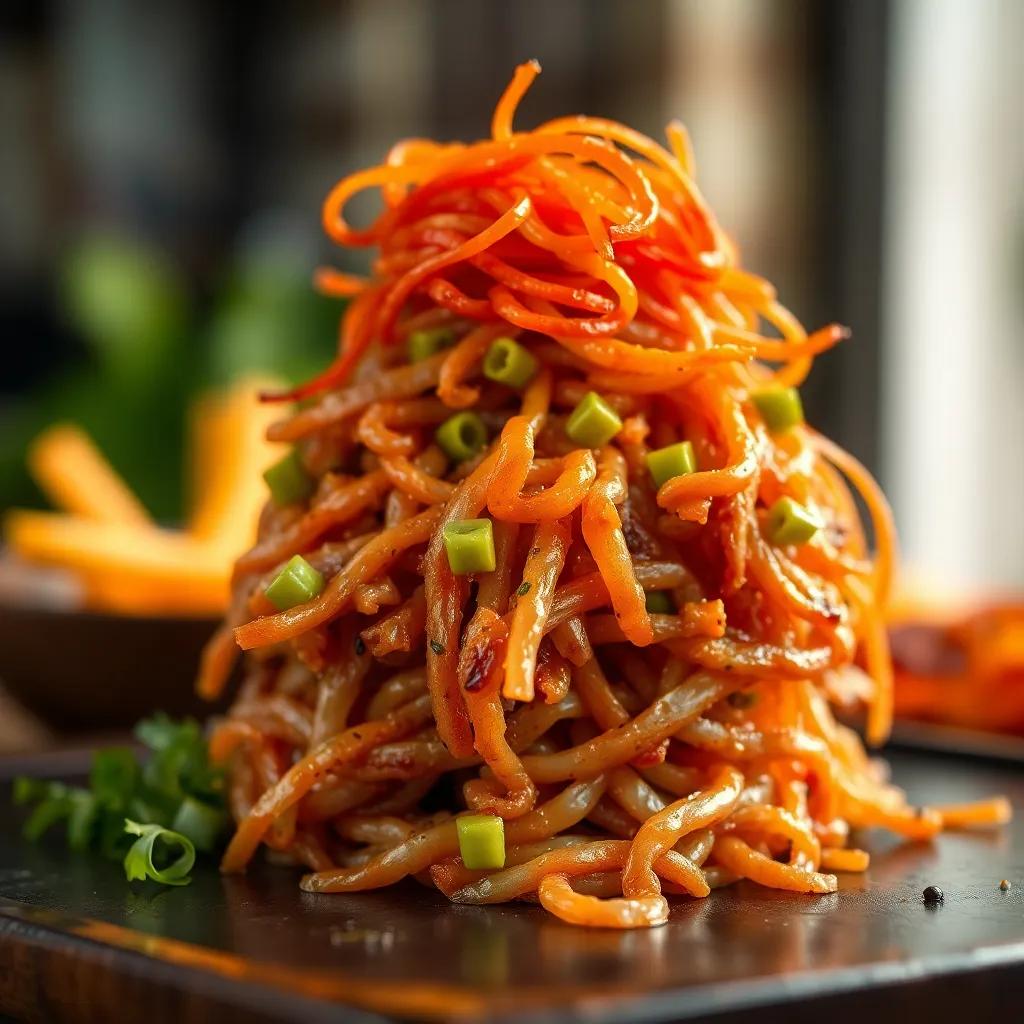
Intro
Embarking on the journey to make authentic bulgogi at home opens the door to a vibrant and deeply satisfying Korean BBQ experience that’s as approachable as it is delicious. This recipe strikes the perfect balance between rich, savory flavors and an easy preparation process that welcomes cooks of all levels. Imagine tender slices of marinated beef sizzling gently, releasing a caramelized aroma that instantly invites everyone to gather around the table.
Whether you’re planning a casual weeknight dinner, a weekend feast with friends, or looking to impress guests with a crowd-pleasing main course, this bulgogi recipe delivers. It’s a dish that feels special without requiring complicated techniques or hard-to-find ingredients, making Korean BBQ accessible beyond restaurant walls. Serving bulgogi alongside simple staples like steamed rice and fresh greens transforms the meal into an interactive, communal celebration—the kind of comfort food that sparks conversation and creates lasting memories.
With this recipe in your culinary repertoire, you’re not just cooking a meal; you’re unlocking a vibrant tradition of Korean flavors that blend sweetness, umami, and subtle warmth in every bite. Get ready to fill your kitchen with mouthwatering smells and your plate with perfectly tender, flavor-packed BBQ that everyone will love.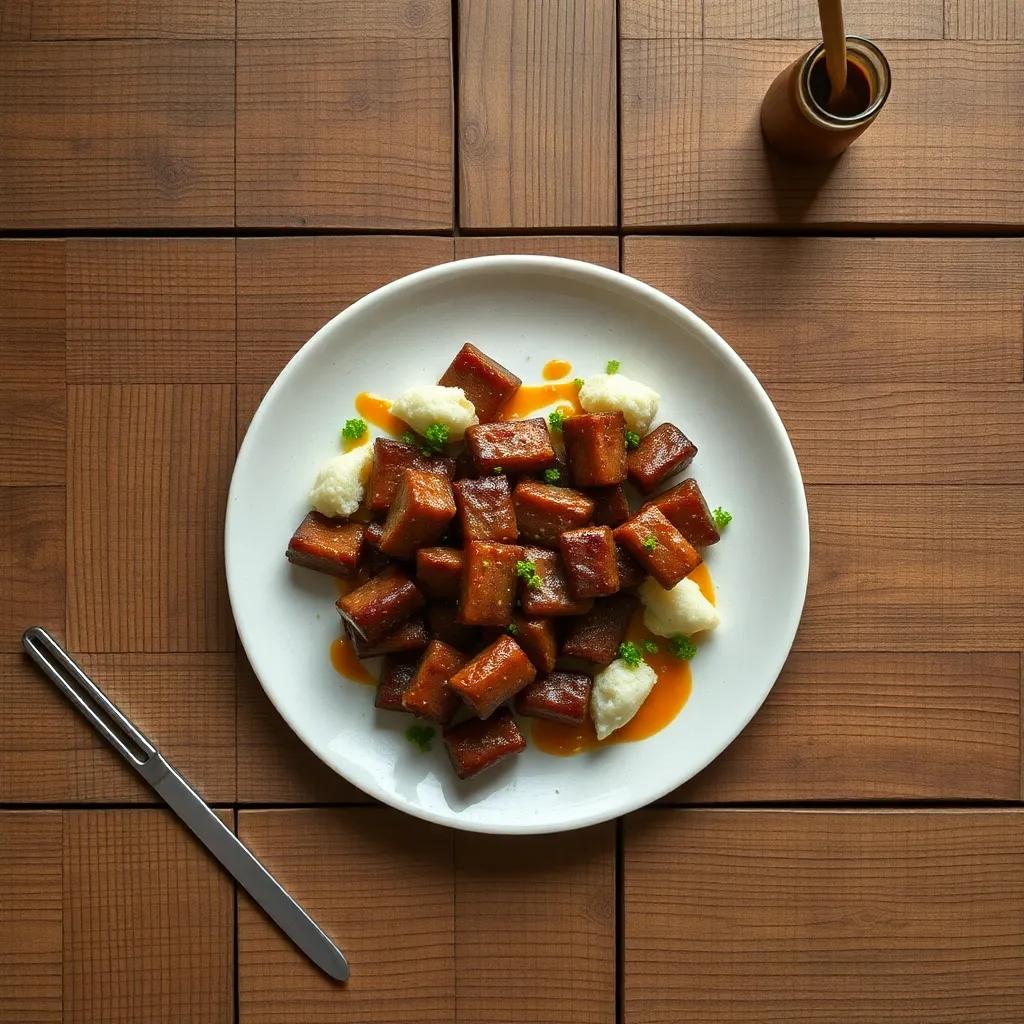
Ingredient Notes
A few key ingredients elevate this bulgogi recipe from simple grilled beef to an authentic Korean BBQ experience, each bringing unique qualities that define the dish’s signature flavor and texture.
Korean Pear (Optional but Magical): Often a secret weapon in traditional bulgogi, grated Korean pear works wonders as both a tenderizer and natural sweetener. Its enzymes gently break down the beef’s muscle fibers, resulting in velvety-soft meat that practically melts in your mouth. If Korean pear isn’t available, Asian pear is the closest substitute, providing similar sweetness and tenderizing effects. In a pinch, a small amount of finely grated apple or even pineapple juice can mimic this function, but beware—pineapple’s enzymes are much stronger and can quickly turn the meat mushy if left too long.
Soy Sauce: The backbone of the marinade, soy sauce delivers deep umami and saltiness that balances the sweetness and aromatics. For authentic flavor, choose naturally brewed soy sauce rather than chemically produced versions, as these offer richer, more complex notes. If gluten sensitivity is a concern, tamari is a smooth, gluten-free alternative that works beautifully without sacrificing depth.
Sesame Oil: This toasted oil is essential for its nutty fragrance and subtle richness, giving bulgogi its distinctly Korean character. Unlike neutral oils, sesame oil should be used sparingly in the marinade so its aroma doesn’t overpower but rather complements the beef and other seasonings. You’ll want to buy a high-quality, toasted sesame oil stored in a dark bottle to preserve its delicate flavor. Regular sesame oil (untoasted) won’t provide the same toasty notes and should be avoided.
Toasted Sesame Seeds: Sprinkled over the finished dish, these tiny seeds add a satisfying crunch and enhance the nutty undertones introduced by the sesame oil. Toasted at home or store-bought, sesame seeds bring a final flourish that visually brightens the plate and deepens flavor complexity. If you’re short on time, pre-toasted seeds readily available in Asian markets make a handy shortcut.
Together, these specialty ingredients create layers of flavor and texture that make bulgogi truly memorable. Understanding their roles helps you appreciate each bite and empowers creative swaps without losing the essential heart of Korean BBQ.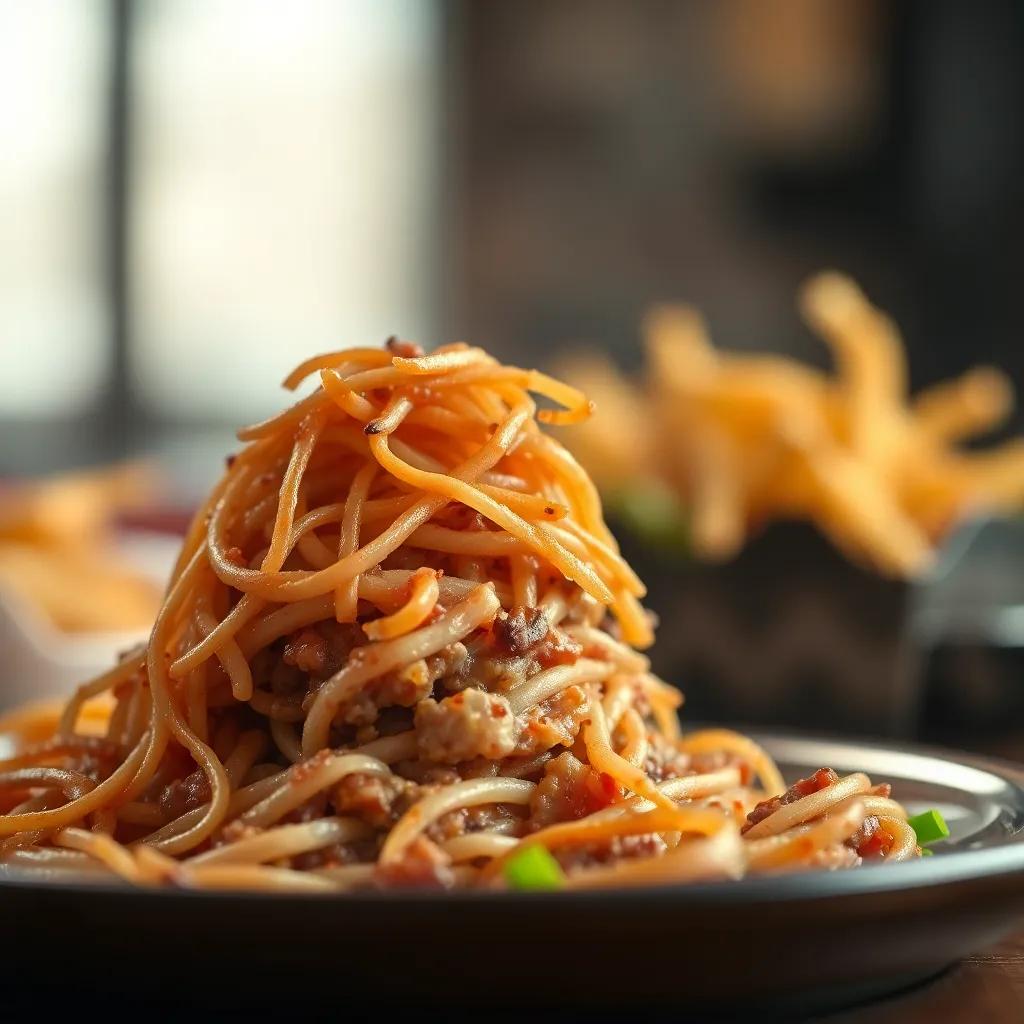
Tips & Variations
Mastering bulgogi means embracing both tradition and creativity, so here are some pro tips and variations to elevate your Korean BBQ game and make it yours.
To achieve optimum tenderness and flavor, slice the beef as thinly as possible—ideally paper-thin—and always against the grain. This simple technique ensures each bite melts in your mouth. If slicing thinly feels daunting, partially freezing the meat first makes it easier to cut precisely.
Marinating time matters. While 30 minutes works in a pinch, letting the beef soak for several hours or even overnight intensifies the flavors and allows the marinade’s enzymes (especially if you’ve included Korean pear) to work their magic. However, if using pineapple as a tenderizer substitute, keep marinating brief (under an hour) to avoid a mushy texture.
Feel free to customize the marinade with additional layers of flavor. A dash of gochujang (Korean chili paste) adds a subtle smoky heat, perfect for those who like a little kick. For a deeper savory boost, a teaspoon of fish sauce can be stirred in—just don’t overdo it as the sauce is potent.
For cooks with dietary restrictions or preferences, bulgogi can be adapted thoughtfully:
- Gluten-free: Simply swap regular soy sauce for tamari or coconut aminos to keep the essential umami without gluten concerns. Double check any added condiments for hidden gluten.
- Vegan/Plant-based: Use thinly sliced shiitake mushrooms, king oyster mushroom “scallops,” or seitan in place of beef. The same marinade works well; just reduce cooking time slightly as mushrooms cook faster. For smokiness, consider a splash of liquid smoke or smoked paprika.
- Lower Sugar: Reduce the sugar amount or replace it with natural sweeteners like honey, maple syrup, or even a splash of brown rice syrup to maintain balance without refined sugar.
In terms of cooking vessels, a cast-iron skillet or grill pan with a hot, oiled surface is key to achieving that signature caramelized crust. Avoid overcrowding the pan, as overcrowding traps steam and prevents browning, which is crucial for authentic bulgogi’s slightly crisped edges.
Experiment with mix-ins for texture and color. Thinly sliced bell peppers, shredded carrots, or even enoki mushrooms tossed in gently just before finishing can add an extra dimension to your dish. Some like topping the finished bulgogi with thinly sliced fresh chili peppers or a sprinkle of toasted seaweed flakes for additional pop.
If you’re looking to switch up the protein, thin slices of pork belly, chicken thighs, or even firm tofu make excellent alternatives. Adjust marinade absorption and cooking times accordingly to get the best results.
Lastly, embrace the communal spirit of bulgogi. Serve alongside fresh leafy greens like butter lettuce or perilla leaves and a variety of banchan (Korean side dishes). This not only adds freshness and texture contrast but also honors the traditional Korean dining style. With these tips and tweaks, your homemade bulgogi will stay authentic and adaptable—ready to delight any palate or occasion.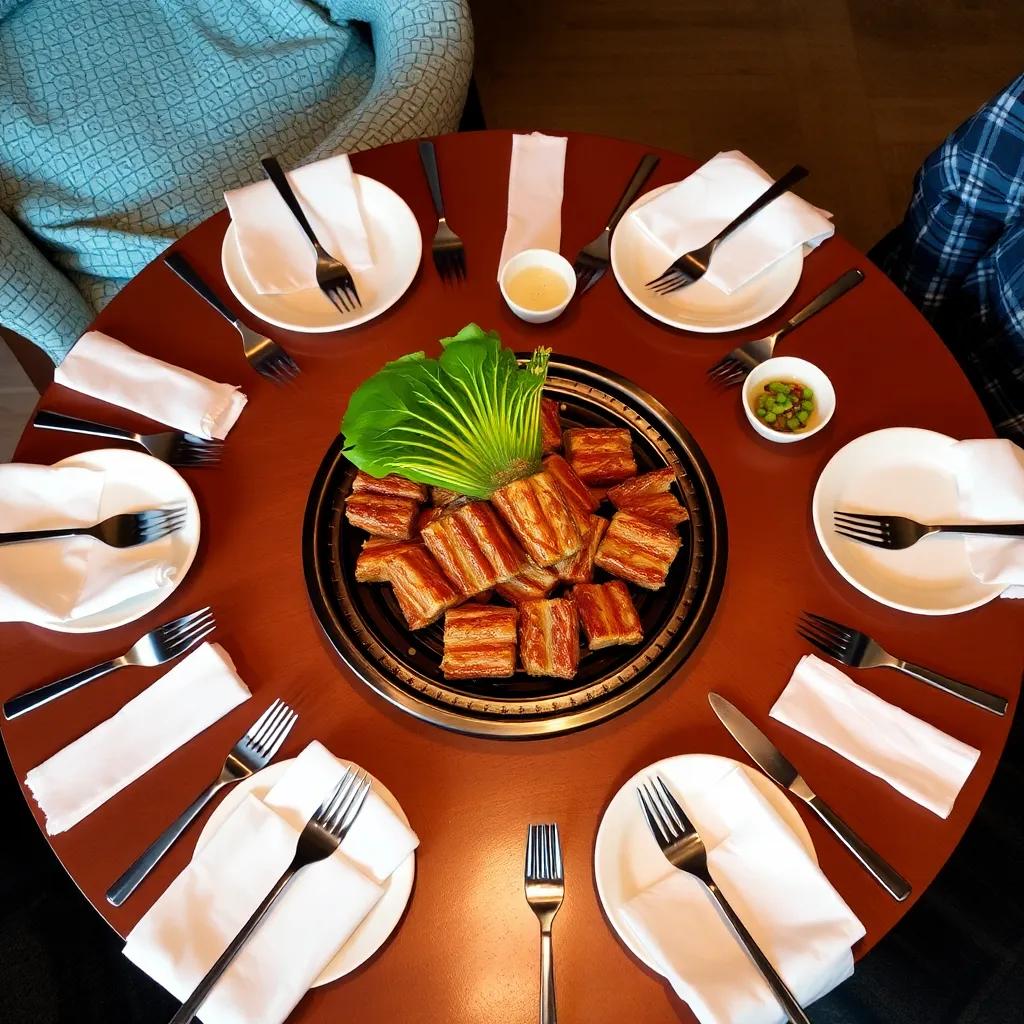
Leftovers & Storage
Leftover bulgogi is a real gift when it comes to quick meals, so knowing how to store it properly ensures you can enjoy its rich, caramelized flavors long after your initial feast. Once your bulgogi has cooled to room temperature (but don’t let it sit out more than two hours), transfer it into an airtight container to maintain its moisture and prevent other fridge odors from mingling with that savory marinade.
In the refrigerator, properly stored bulgogi will stay fresh and delicious for up to 3 to 4 days. This makes it perfect for weekday lunches or easy dinners when you want a flavorful protein without extra prep. When reheating, use a skillet on medium heat to warm the beef gently, which helps revive some of the original caramelized texture. Microwaving is a convenient option but can sometimes make the beef a bit tougher, so consider sprinkling a small splash of water or broth before heating to keep it juicy.
If you want to keep your bulgogi longer, freezing is an excellent option. Place the cooled beef in a freezer-safe container or heavy-duty zip-top bag, removing as much air as possible to minimize freezer burn. Properly packaged, frozen bulgogi can last up to 2 months without significant loss of flavor or texture. When ready to enjoy, thaw it overnight in the refrigerator before reheating gently on the stove.
Because the marinade is richly flavored, bulgogi also lends itself well to meal prepping. Combine leftovers with steamed rice and quick sautéed vegetables in meal prep containers for a balanced, grab-and-go Korean-inspired lunch. Alternatively, leftover bulgogi works beautifully stirred into fried rice, tossed with noodles, or layered in lettuce wraps for a refreshing bite.
Finally, avoid storing bulgogi with heavy moisture or in loosely sealed containers, as excess liquid can break down the beef texture and dilute the bold marinade flavors. Using glass or BPA-free plastic containers with tight-fitting lids will provide the best preservation and make reheating a breeze. With these storage tips, your bulgogi can keep delighting your taste buds well beyond the initial meal.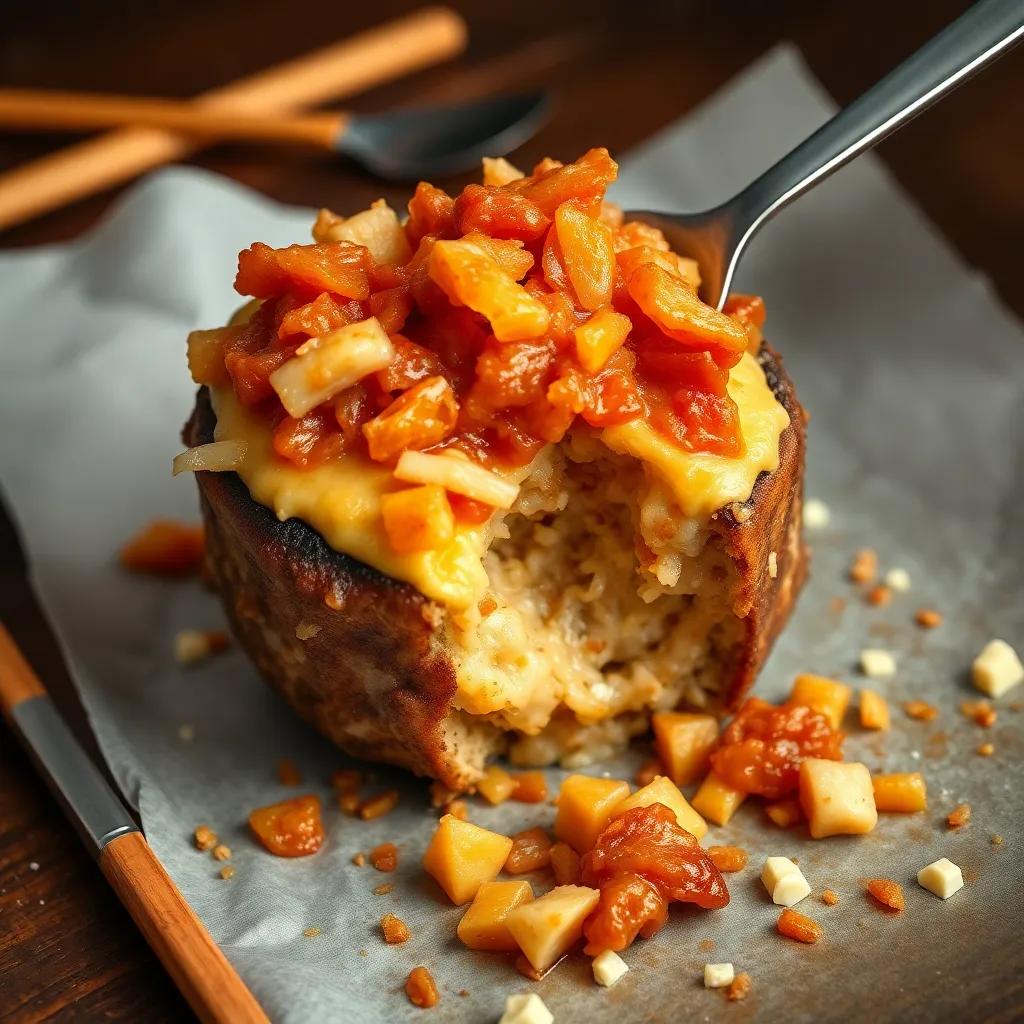
Behind the Recipe
Bulgogi, often called the soul of Korean BBQ, has a rich history that spans centuries and carries with it both cultural significance and a spirit of communal dining. Traditionally enjoyed during special occasions and family gatherings, bulgogi means “fire meat,” referring to the method of grilling marinated beef over open flames. Its origins can be traced back to the Goguryeo era (37 BC – 668 AD), when thinly sliced meats were seasoned and grilled, prized not only for their flavor but also as a symbol of hospitality and celebration.
This recipe draws on those time-honored traditions while embracing simplicity and accessibility, making it possible to recreate an authentic Korean BBQ experience right in your own kitchen. The marinade’s harmonious balance of sweet, savory, and nutty elements reflects the Korean philosophy of flavor harmony—each ingredient playing a role to create a unified, irresistible dish.
On a personal note, bulgogi has often been a centerpiece during many festive moments—whether a casual weeknight dinner with family or a lively gathering with friends. The sound of the sizzling beef, the aroma of garlic and sesame, and the shared ritual of wrapping meat in fresh lettuce leaves all serve as reminders that food is about connection as much as nourishment. Unlocking the secret to bulgogi means embracing that warmth and celebration, giving you a delicious way to create your own memorable moments around the table.
By mastering this recipe, you’re not just making a meal—you’re stepping into a culinary story that has been savored for generations, carrying forward a delicious tradition that invites everyone to share in a truly authentic taste of Korea.
FAQ
Can I use a different cut of meat instead of thinly sliced beef?
How long should I marinate the bulgogi for the best flavor?
Is there a good vegetarian substitute to try bulgogi without meat?
Can I freeze bulgogi if I make extra?
What’s the best way to reheat leftover bulgogi without drying it out?
Can I adjust the marinade for dietary restrictions, like gluten-free or lower sodium?
What side dishes go well with bulgogi to complete the meal?
Your Turn in the Kitchen
There’s something truly magical about Bulgogi—the way the tender, marinated beef sizzles with sweet, savory flavors that instantly transport you to the heart of Korean BBQ. This easy, flavor-packed recipe invites you to unlock that authentic taste right in your own kitchen, turning any meal into a delicious celebration of tradition and comfort.
Ready to give it a try? We’d love to hear how your Bulgogi journey goes—drop a comment, share your rating, or tell us about your unique twist on the recipe. Let’s keep the conversation sizzling and the flavors coming!










